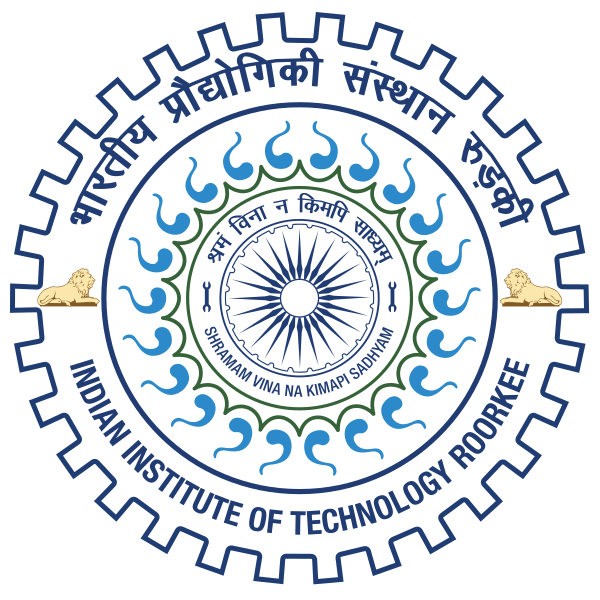Please use this identifier to cite or link to this item:
http://localhost:8081/jspui/handle/123456789/154| Title: | DISTRIBUTION AND CONSUMPTION OF FERTILISERS— A CASE STUDY OF MEERUT DIVISION (INDIA) |
| Authors: | Ahmad, Tauseef |
| Keywords: | FERTILIZERS-CONSUMPTION;MEERUT-INDIA;PRODUCTIVITY |
| Issue Date: | 1984 |
| Abstract: | Agricultural production, in general, is a function of farm inputs, weather conditions, State Policy and Programmes, Technological innovations etc. Of the farm inputs the most important are irrigation and fertilisers, which result in substantial increase in productivity. Productivity is important for development of a colon try. High Yielding Varieties have the potential to consume higher doses of fertilisers and irrigation. Fertiliser plays a vital role in increasing the agricultural production, because of complementarity between irrigation and fertiliser. The consumption of fertilisers in the country, which rose from a mere 69,000 tonnes in 1950-51 to an estimated 64.20 lakh tonnes in 1982-83 is expected to rise further. Among the States in the country, Uttar Pradesh is the largest based on population. In U.P., Meerut Division is the most progressive, which compares with Punjab. Keeping in view the contribution of the progressive farming in the States' economy, Meerut Division was selected for the study. The present study is intended to examine the distribution of fertilisers, and role of different distributing agencies, cost of fertilisers distribution, fertiliser's demand function and farmers' preference for use of a particular fertiliser. (iii) The data was recorded in a specifically structured schedules. The secondary data was collected from official records viz. Fertiliser News, Agricultural Situation in India, Economic Times, Directorate of Economics and Statis tics, Directorate of Agriculture, District Agricultural Officers, Block Development Officers, Fertiliser Association of India etc. However, the primary data pertaining to level of education, income of the farmers and their preference for the use of a particular fertilisers' brand was collected from 90 randomly selected farmers of 10 randomly selected villages in Meerut Division. To study the farm income of the selected farmers, they were categorised as marginal (Below 1.00 hectare), small (1.00 - 2.50 hectare), medium (2.50 - 4.00 hectare) and large (above 4.00 hectare) holdings. The data pertaining to farm income were collected through Intensive Survey Method. However, the same set of farmers were also adopted for the study of their preference for use of a parti cular fertiliser. The farmers were categorised according to their role as consumer in the fertiliser market i.e. market segmentation adopted, farmers served in each segment. To study the level of education, which plays an important role in the process of adoption of a 'new technology' 'scale' technique was adopted. (iv) Further, the data have been analysed using various analytical tools. The fertiliser demand function is estimated by applying the log-linear and linear model. The change in price of fertilisers, and the income of the farmers are treated as exogenous variables in the functions for estimating the demand function for fertilisers separately both for all crops (combined) and important crops grown in the Division was estimated by applying log-linear and linear model of the form : log Df = log a + b. log x1 + b2 Log x2 + b^ log x^ ♦ bLlog x^and Df =f(xr x2, xy x4), where Df =total demand of fertilisers (quintals), x1 = irrigated area (hectares), x2 =price of fertiliser (Rs. per quintal), x3 = income of the farmer (Rs. per farm), and x^ - area under High Yielding Varieties (hectares) . In order to determine the relationship between the fertiliser demand and the independent variables i.e. income of farmers per farm, irrigated area, price of fertilisers, total cropped area, area under High Yielding Varieties are regressed. The computer analysis was made to arrive at the regression coefficients. The study could generate base line data regarding role of different distributing agencies, and also provide knowledge of the consumers and their behaviour, which is very essential for all the personnel in the distribution channel. Knowing the consumer is very vital for the marketing personnel especially in the buyer's market in which his (v) decisions affect the performance of the marketing organisa tion. The focal point of any business activity is to locate the consumers' with a view to serving them, which helps in getting more and more business to the marketing organisa tions. The consumers of fertilisers are the farmers, but all the farmers do not behave in the same way. Hence, "the study will be very useful for the marketing organisations of the fertiliser manufacturing firms. Apart from all these, the study will be helpful in streamlining the existing distribution system of fertilisers in order to protect the farmers from exploitation by the private trade. |
| URI: | http://hdl.handle.net/123456789/154 |
| Research Supervisor/ Guide: | Raghuvanshi, C. S. |
| metadata.dc.type: | Doctoral Thesis |
| Appears in Collections: | DOCTORAL THESES (HSS) |
Files in This Item:
| File | Description | Size | Format | |
|---|---|---|---|---|
| DISTRIBUTION AND CONSUMPTION OF FERTILISERS- A CASE STUDY OF MEERUT DIVISION.pdf | 133.37 MB | Adobe PDF | View/Open |
Items in DSpace are protected by copyright, with all rights reserved, unless otherwise indicated.

